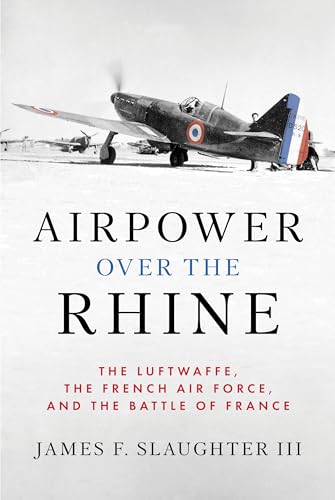
The Luftwaffe And Its War Of Attrition
by Lieutenant Colonel Patricia L. C. Priest
Popularity
2.98 / 5
* A book's popularity is determined by how it compares to all other books on this website.
Where to buy?
Buy from Amazon* If you buy this book through the link above, we may receive a small commission at no extra cost to you.
The Luftwaffe And Its War Of Attrition by Lieutenant Colonel Patricia L. C. Priest
Details
War:
World War II
Perspective:
Fighter Jets
Military Unit:
Luftwaffe
True Story:
Yes
Biography:
No
Region:
Europe
Page Count:
48
Published Date:
2014
ISBN13:
9781782898818
Description
Brief Summary
The Luftwaffe And Its War Of Attrition by Lieutenant Colonel Patricia L. C. Priest offers a critical examination of the decline of the German Luftwaffe during World War II. The book delves into how the Luftwaffe's strategic missteps and flawed judgments led to its downfall, ultimately contributing to Germany's defeat. Priest evaluates the role that the strategic bombing campaign, alongside long-range fighters, played in this context, asserting that the Luftwaffe was already in a weakened state before these factors significantly impacted the course of the war.
Main Themes and Topics
The book explores several key themes centered on military strategy and the dynamics of aerial warfare. A significant focus is given to the Luftwaffe's operational challenges and strategic errors, providing insights into how these internal factors hastened its collapse. The interplay between air superiority and operational strategies is meticulously analyzed, illustrating how air dominance was crucial to the overall Allied strategy. Additionally, Priest sheds light on the importance of understanding air force resources, pilot training, and tactical innovation in wartime economy and effectiveness.
Writing Style and Tone
Lieutenant Colonel Patricia L. C. Priest adopts an analytical and authoritative tone throughout the book. Her military background lends credibility to her insights, and she successfully combines historical detail with strategic assessments. The narrative is well-structured, making complex military strategies accessible to readers without a deep expertise in World War II history. Technical aspects of aerial warfare are explained with clarity, while the book maintains a balanced approach in evaluating both Allied and Axis powers.
Criticism
While the book is well-researched and thorough, some readers might find the focus on strategic aspects and military details to be dense at times. The emphasis on the Luftwaffe's strategic errors may seem repetitive for those looking for a broader historical narrative. Despite this, the depth of analysis makes it a valuable resource for military historians and enthusiasts interested in the strategic intricacies of World War II.









